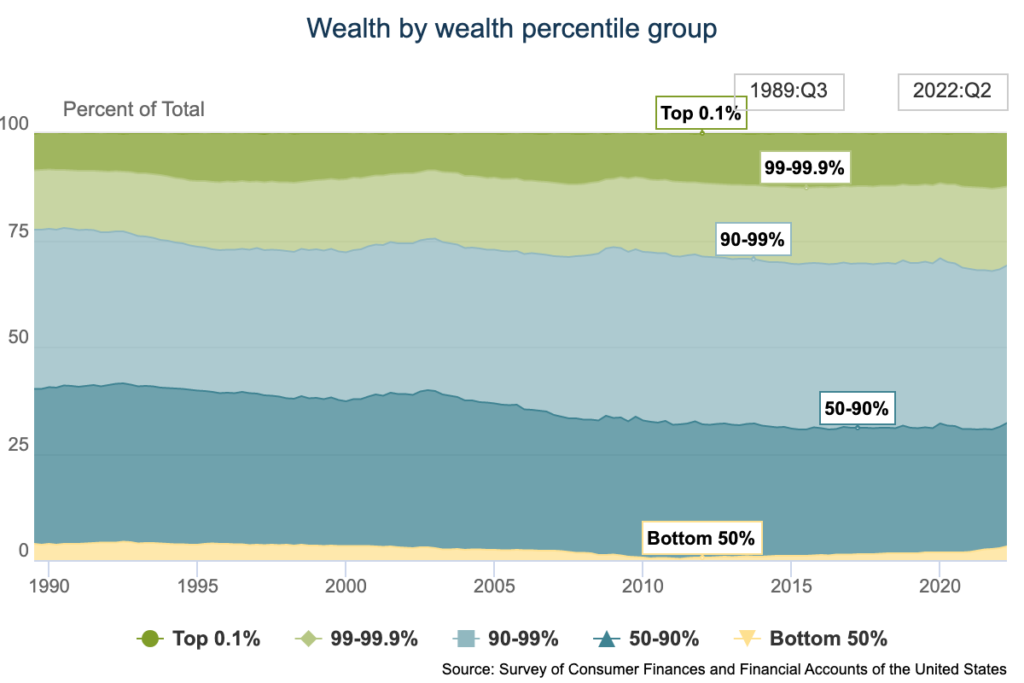Dear Students,
I was walking across the Quad a few days ago, and I happened to overhear a fragment of a conversation between two Emory students. “I just feel so anxious right now,” one student said. Those words stayed with me.
…But you have something my generation didn’t–the strength to speak eloquently and openly about mental health…that is a gift, and I’m proud about how you support each other.
-PResident fenves, october 10, 2021
Last year, I remember receiving an email from President Fenves on World Mental Health Day. He recounted a story of overhearing two Emory Students speak on how anxious they were. He said those words stayed with him. Moreover, he spoke about how eloquently and openly we are able to speak on mental health. While he had good intentions, and it is true that as a society we are more open about mental health, there’s only so much that speaking can do. Students want change.
Although there was a significant increase in mental health concerns during the pandemic, this is just a continuation of a trend, which researchers and clinicians have been pointing out for years. In fact, it’s getting worse with American Indian/Alaskan Native students taking the brunt of the increases in mental health problems.
A huge part of this stems from the disconnect between university administration, faculty, and students. Researchers Wendy Fischman and Howard Gardner from Harvard University assessed over 2,000 interviews with students, parents, faculty, administration, and alumni over a five year period and across ten campuses. They discuss in their book that faculty members and university administrators believed students’ main mental health issues were due to an increased workload compared to high school or being in a new environment away from home. Yet, students were actually concerned with the pressure to succeed and get a perfect 4.0 GPA. In HLTH 100, a class I teach as a Peer Health Partner, we are told to harp on strategies to combat the transition into a new space; however, when I speak to the first-year students, they echo Fischman and Gardner’s research.
Thus, as Dr. Glass stated, there is a systemic issue of students quantifying their worth because of a college environment and society based so heavily on doing well. Emory, especially, tends to glorify the concept of being busy, and students feel the need to fill up every moment of free time. Personally, I see this amongst students with post-graduate plans and/or are in pre-professional programs where there is a prominent narrative that there are only a few spots that will be given to the top students. Consequently, grades no longer become feedback, as faculty hope them to be, but rather are currency that have the potential to make or break a potential career path.
The disconnect continues within the classroom and varies faculty member to faculty member. Some professors have assigned me exams that open and close on the weekend, while others have graciously granted me extensions due to health concerns. I have had lecture quizzes open right after lecture and due at 7pm the same day, ignoring the fact many students work late at their jobs, or extracurriculars, making this an impossible deadline. Though, I’ve also had professors kindly post all assignments, materials, and quizzes a week in advance, enabling me to be able to work ahead of time and accommodate for my job.
Given these variations, there needs to be consistency between professors and a more transparent process with regards to student feedback. Administrators also should be keen to hear student advice and faculty experiences. Moreover, there is a dire need for more mental health resources on campus. Dr. Weeks spoke about the amazing advice he gave professors, and the immense work that went into making sure student learning was worth our tuition during the pandemic year(s), but not all professors applied and continue to apply these recommendations. Furthermore, I was delighted that Dr. Rickard spoke about CAPS, and its work to aid students, especially during isolating pandemic semesters. However, CAPS is not meant to be a long-term solution, only provides eight sessions focusing mainly on students’ academic stress, and has a bad rap amongst students due to its long wait times.
Ask any student about the atmosphere on campus, and they will tell you that mental health is not being adequately addressed on campus. And, it seems that any steps that have been taken are inhibited by the underlying disconnect.
So, what do you all think should be done to address these mental health issues and disparities spoken about in class? And, what can be done to address the disconnect?



